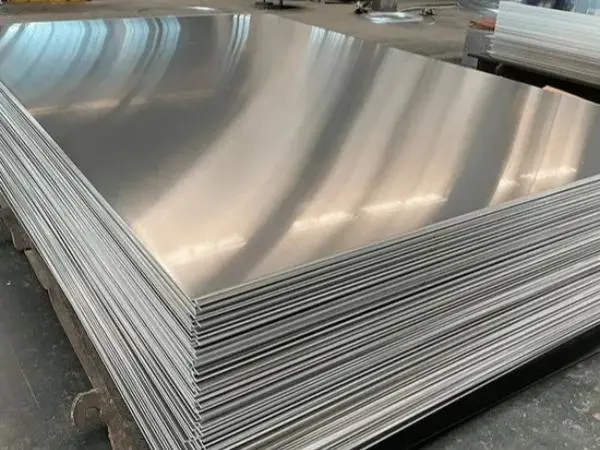- Phone0086 731 8564 8255
- E-mailsales@cscsteel-manufacturing.com
-

Galvanized steel pipes are known for their excellent corrosion resistance and durability, making them widely used in construction, plumbing, and industrial applications. These properties are largely influenced by the base steel material and the zinc coating applied during the galvanization process. Below are the key mechanical properties of galvanized steel pipes.
1. Tensile Strength
Definition: The maximum stress a material can withstand while being stretched or pulled before breaking.
Value: Typically ranges between 310–550 MPa for galvanized steel pipes, depending on the grade of the base steel and the manufacturing process.
2. Yield Strength
Definition: The stress at which a material begins to deform plastically.
Value: Generally falls within 210–350 MPa, depending on the steel grade and whether the pipe is hot-dipped or pre-galvanized.
3. Ductility (Elongation)
Definition: The ability of a material to stretch without breaking, expressed as a percentage of elongation over a specified gauge length.
Value: Galvanized steel pipes typically exhibit an elongation of 20–25%, making them suitable for bending and forming operations.
4. Hardness
Definition: The resistance of a material to deformation or indentation.
Value: Galvanized steel pipes generally have a Brinell Hardness Number (BHN) of 120–180, depending on the steel composition and the thickness of the zinc coating.
5. Impact Resistance
Definition: The ability of a material to withstand sudden or dynamic loads without fracturing.
Performance: Galvanized steel pipes offer moderate impact resistance, which may decrease at extremely low temperatures due to the brittleness of the zinc coating.
6. Corrosion Resistance
Definition: The ability to resist degradation from environmental exposure, particularly rust.
Performance: The zinc coating provides a sacrificial layer that protects the steel from corrosion. The coating’s thickness (typically 20–85 µm) significantly impacts its lifespan in corrosive environments.
7. Weldability
Definition: The ease with which the material can be welded without compromising its properties.
Performance: While galvanized steel is weldable, the zinc coating must often be removed near the weld area to prevent defects like porosity or cracking.
8. Fatigue Strength
Definition: The material’s ability to resist failure under cyclic loading.
Performance: Galvanized steel pipes exhibit good fatigue resistance, suitable for dynamic applications such as structural frameworks and mechanical systems.
9. Flexural Strength
Definition: The ability to resist deformation under bending.
Performance: Galvanized steel pipes are strong and maintain structural integrity under bending loads, making them ideal for scaffolding and piping systems.
Factors Affecting Mechanical Properties
- Base Steel Grade:
The mechanical properties depend on whether the base steel is mild steel, high-strength low-alloy steel, or another type.
- Galvanization Method:
Hot-Dip Galvanization: Results in a thicker zinc coating and slightly reduced ductility.
Pre-Galvanization or Electro-Galvanization: Produces a thinner zinc layer, maintaining the base steel’s original properties.
- Zinc Coating Thickness:
A thicker zinc layer improves corrosion resistance but can slightly reduce flexibility and impact strength.
- Pipe Wall Thickness:
Thicker walls generally improve tensile and impact strength but may reduce flexibility.
Applications Benefiting from Mechanical Properties
- Construction: Frameworks, scaffolding, and structural supports.
- Plumbing: Water and gas distribution due to corrosion resistance.
- Industrial: Conveyor systems, ventilation ducts, and chemical transport lines.
- Agriculture: Fencing, irrigation systems, and greenhouse structures.
By balancing strength, ductility, and corrosion resistance, galvanized steel pipes are versatile and reliable for a wide range of uses.




